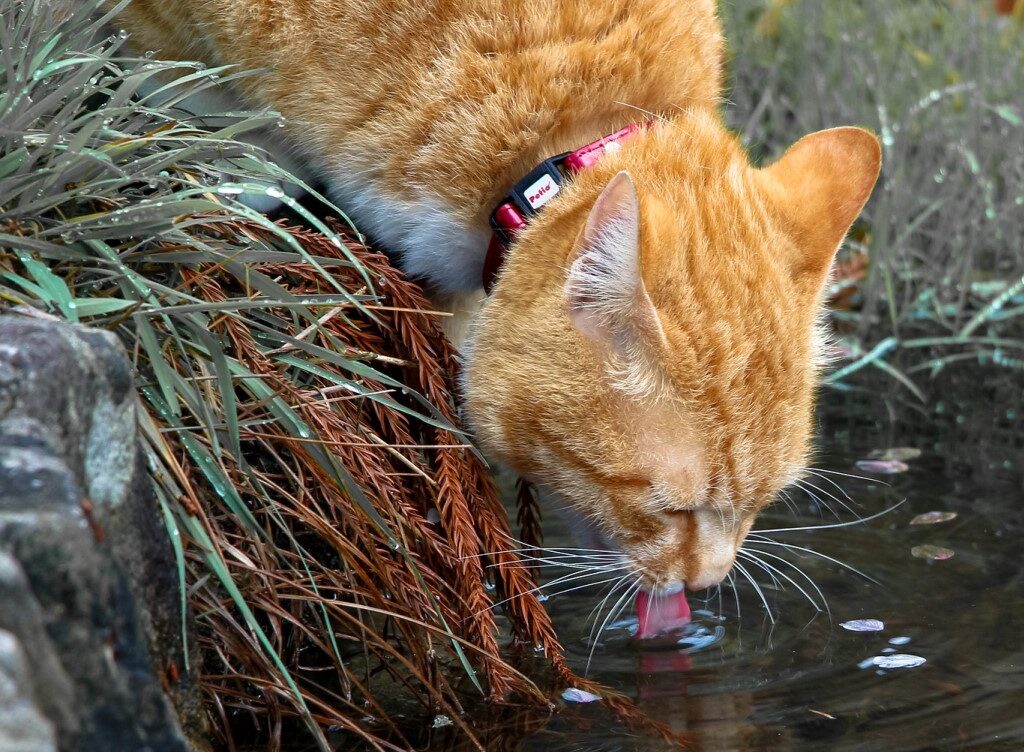
7 Expert Tips to Keep Your Cat Hydrated and Healthy
7 Whisker-Worthy Ways to Get Your Cat to Drink More Water
Understand the Importance of Hydration in Cats
As a loving cat owner, it’s crucial to understand that proper hydration is key to maintaining your feline friend’s health. Cats are naturally prone to low thirst drive, which can lead to dehydration and associated health problems like kidney disease and urinary tract issues. According to veterinary experts, ensuring your cat gets enough water every day is as important as a balanced diet.
Dehydration in cats can be subtle but can quickly become a serious issue. Signs of dehydration include lethargy, dry mouth, and decreased skin elasticity. Keeping an eye on these symptoms is vital for their well-being.
To avoid these health issues, it’s important to implement strategies to increase their water intake. Multiple sources, including Cornell University College of Veterinary Medicine, underline the need for proactive hydration methods for feline health.
Opt for Cat-Friendly Water Bowls
Cats often prefer wide, shallow bowls to avoid whisker fatigue—a condition that can make drinking uncomfortable if their sensitive whiskers touch the edges of a bowl. Providing a bowl that is comfortable for your cat can significantly increase their water consumption. Selecting ceramic or stainless steel can also help as some cats dislike the taste or smell from plastic bowls.
Positioning is also key. Place the water bowl away from food and litter areas. Cats instinctively avoid water near their food to prevent contamination—a behavior stemming from their ancestors.
Testing different locations around your house can also encourage your cat to drink more. Some cats may prefer a quieter and more secluded spot, away from high traffic areas.
Incorporate Water Fountains
Investing in a water fountain can be a game-changer for your cat’s hydration. Cats are attracted to moving water as it mimics fresh streams, which can stimulate their interest in drinking. Pet water fountains continuously circulate and filter water, keeping it clean and appealing. This mimics the natural environments, enticing them to drink more frequently.
Research shows that the sound of flowing water can engage a cat’s natural instincts to drink more. This is why fountains can be particularly effective, as found in studies from the American Veterinary Medical Association.
However, it’s important to keep these fountains clean. Ensure you follow the manufacturer’s instructions for cleaning and maintaining the fountain to prevent any buildup of harmful bacteria.
Add Flavor to Their Water
Adding a bit of flavor to your cat’s water can persuade picky drinkers to hydrate more. You can try adding chicken broth or tuna juice—make sure they’re free from any onions, garlic, or high sodium content, as these can be harmful to cats.
This method should be used sparingly as a treat rather than a regular part of their hydration strategy. Consult with your veterinarian before introducing flavored water to make sure it’s suitable for your cat’s health needs.
Always introduce any new flavor gradually to see how your cat responds, ensuring there are no adverse reactions or rejection of the water.
Offer Multiple Water Stations
Setting up several water stations around your home can encourage your cat to drink more by making water easily accessible wherever they are. This is particularly effective in multi-level homes where cats might not travel far for a drink.
Make sure each station is consistently filled with fresh, clean water, as cats can be deterred by stale or dirty water. Regularly changing the water can prevent this issue and keep your cat interested in drinking.
It’s also insightful to observe your cat’s behavior around these stations. Some may prefer certain areas of the home or specific types of bowls at different stations.
Encourage Interaction with Water
Some cats may enjoy playing with water. Utilizing toys that involve water, such as floating toys in their water bowl or a gentle drip from a faucet, can stimulate their curiosity and encourage them to drink more while having fun.
Always supervise your cat during playtime to ensure safety and prevent any accidental water ingestion or spills. This playtime should be a positive experience, reinforcing their interest in water interaction.
Positive reinforcement, such as praising them or offering treats after they interact with water, can also enhance this behavior.
Consult With Your Veterinarian
While these tips can significantly help increase your cat’s water intake, each cat’s health and needs are unique. Regular consultations with your veterinarian can ensure that your hydration strategies are meeting your cat’s specific health requirements.
Your veterinarian may also suggest additional hydration methods tailored to your cat or diagnose underlying issues that could be affecting their water consumption.
Remember, the goal is to keep your cat hydrated and healthy, and sometimes professional advice is the best route to achieving this.
